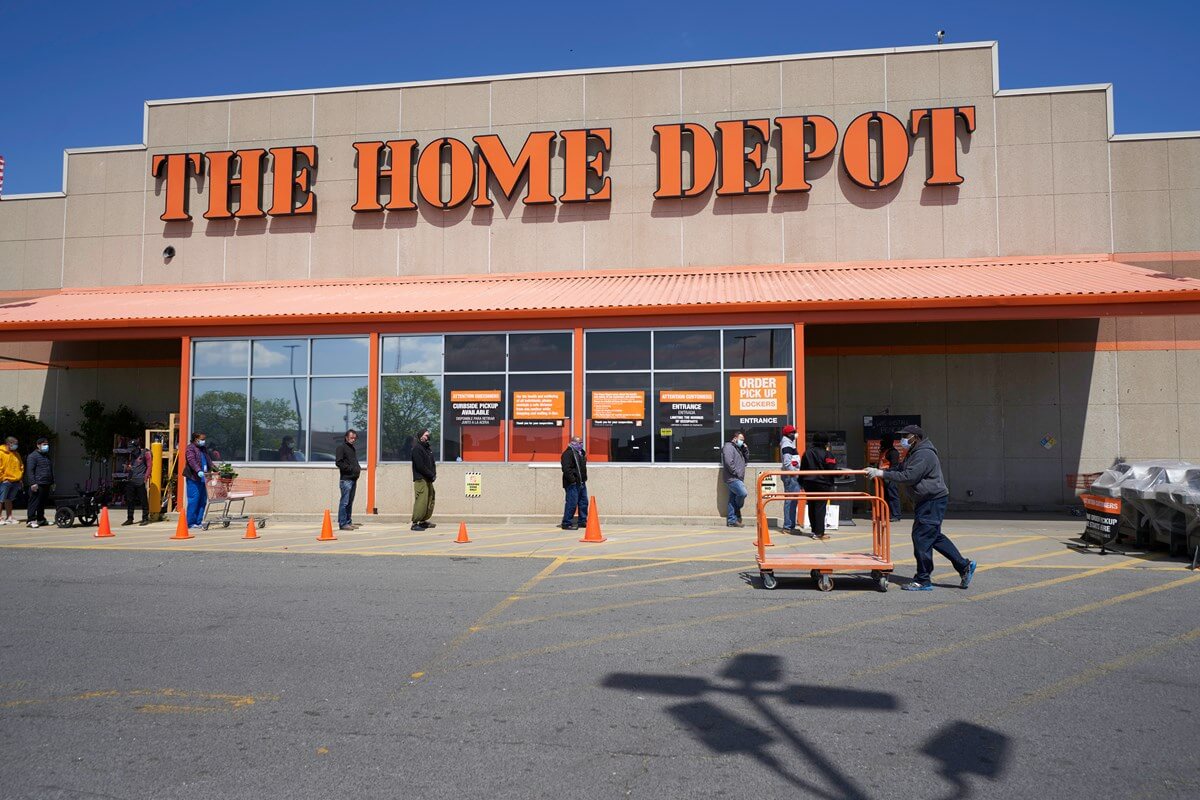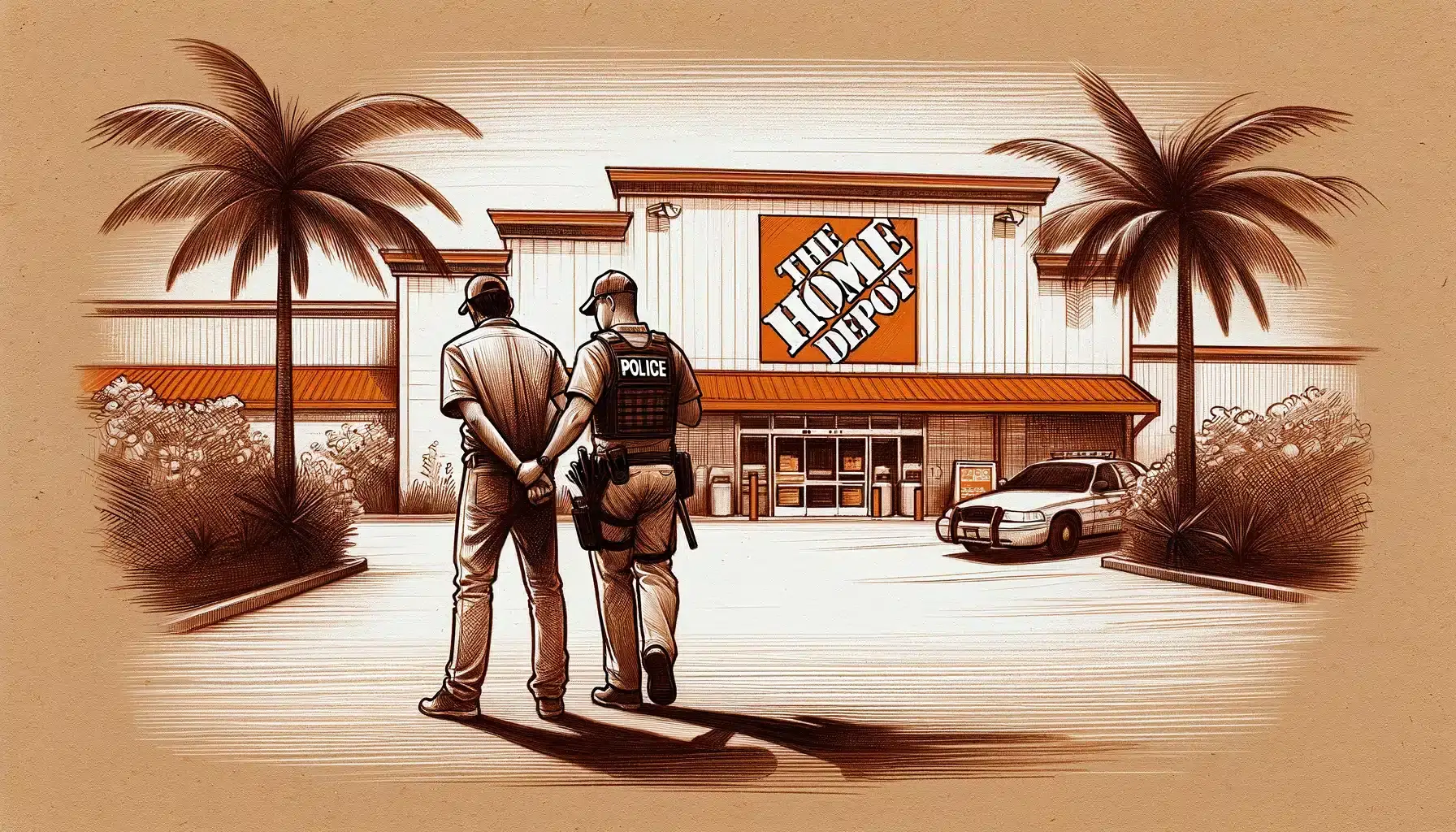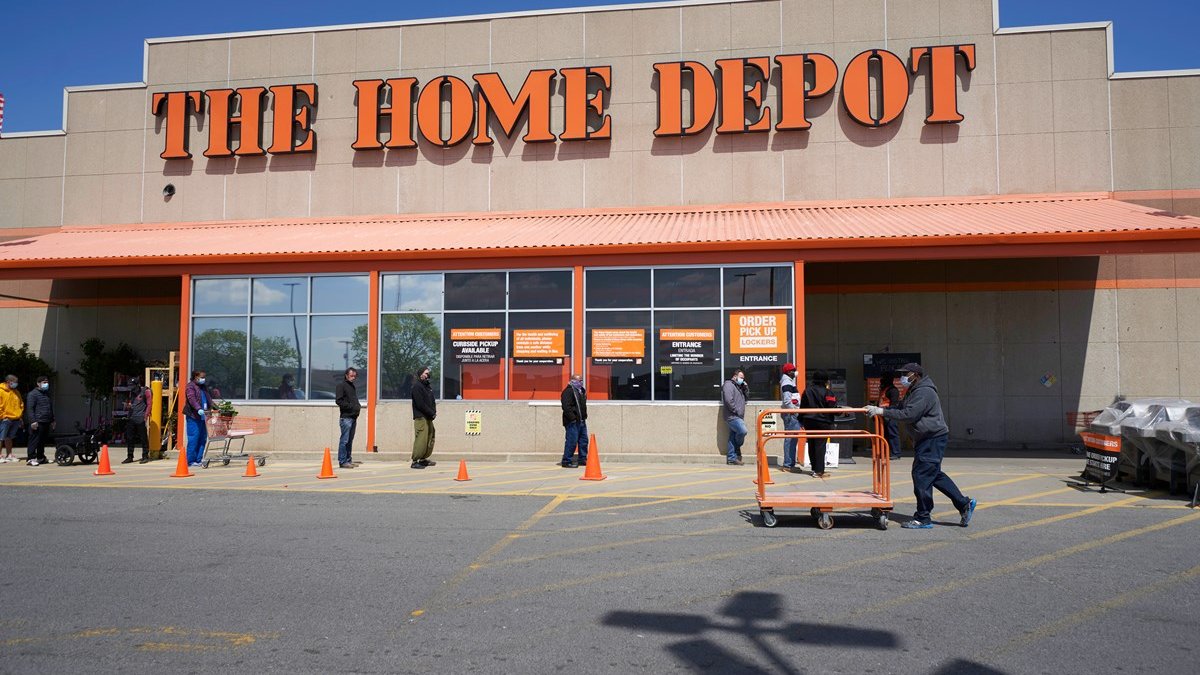
Home Depot stands as a titan in the home improvement retail industry, a one-stop shop for tools, construction products, and services. Yet, beneath the orange-branded exterior, concerns have surfaced about the company’s commitment to maintaining a safe workplace. This article delves into the allegations, the importance of safety, and the potential repercussions for employees and the company alike.
The Importance of Workplace Safety
Workplace safety is not merely a legal requirement; it is an ethical cornerstone for any business. A safe work environment protects employees from preventable injuries and fosters a productive atmosphere. In the retail sector, where customer interaction is frequent, safety lapses can have dire consequences. Employers like Home Depot are legally obligated to adhere to standards set by organizations such as the Occupational Safety and Health Administration (OSHA), but the true measure of commitment goes beyond mere compliance.
Allegations Against Home Depot

Recent reports have cast a shadow over Home Depot’s safety record. Allegations of negligence have emerged, with accounts of hazardous conditions leading to accidents and injuries. These incidents range from slips and falls to more severe cases involving equipment and materials. The voices of concerned employees and customers have amplified the issue, putting the company’s safety practices under scrutiny.
Home Depot’s Safety Policies
Home Depot has outlined a set of safety policies designed to prevent accidents and injuries. These include employee training programs, safety audits, and protocols for handling hazardous materials. However, when placed side by side with industry standards, questions arise about the thoroughness and enforcement of these policies. Critics argue that gaps in Home Depot’s safety measures may contribute to unsafe working conditions.
Consequences of Unsafe Work Environments
The repercussions of neglecting workplace safety are profound. For employees, an unsafe work environment can lead to injuries or even fatalities. The emotional and financial toll on affected workers and their families can be devastating. From the company’s perspective, accidents can result in costly legal battles, fines, and a tarnished reputation that can impact customer loyalty and sales.
Legal Recourse for Injured Workers

When workers are injured on the job, they have rights that entitle them to seek compensation for medical expenses, lost wages, and other damages. The legal process can be daunting, but resources are available to guide injured workers through their claims. For those injured at Home Depot, seeking the assistance of a specialized law firm can be a crucial step in securing the compensation they deserve.
Case Studies and Incidents
To understand the gravity of the situation, one can look at specific case studies where Home Depot’s safety protocols have been called into question. These incidents not only highlight the potential dangers within the stores but also shed light on the legal and financial aftermath. The outcomes of these cases often set precedents and can prompt changes in company policies and procedures.
Home Depot’s Response to Safety Concerns
In the face of these safety concerns, Home Depot has publicly addressed the issues and taken steps to rectify them. The effectiveness of these actions is a matter of public interest, as is the company’s commitment to ongoing improvements. Monitoring these responses is key to ensuring that Home Depot upholds its responsibility to provide a safe working environment.
In the next section, we will explore preventative measures, the role of legal support, and conclude with a comprehensive look at the impact of Home Depot’s safety practices on its workforce and the broader implications for the company.
Preventative Measures and Best Practices
In the wake of safety concerns, it is crucial for Home Depot to implement preventative measures. Best practices in the retail industry include regular safety training sessions, clear communication of safety protocols, and rigorous enforcement of safety standards. Additionally, engaging employees in safety discussions and encouraging them to report potential hazards can lead to proactive identification and resolution of safety issues.
Other retailers have adopted innovative technologies such as wearables to monitor employee movements and prevent accidents, or apps to report safety concerns in real-time. By comparing and potentially integrating such measures, Home Depot could significantly enhance the safety of its workplace.
The Role of Legal Support

For employees who have suffered injuries, navigating the aftermath can be overwhelming. This is where legal support becomes invaluable. Law firms that specialize in workplace injuries offer expertise in managing claims, negotiating with employers, and, if necessary, litigating to secure just compensation.
The Adley Law Firm, for instance, provides a robust support system for those who have been injured at Home Depot. With a deep understanding of workplace safety laws and experience in handling similar cases, such legal professionals are instrumental in leveling the playing field against large corporations.
Conclusion
The allegations against Home Depot concerning workplace safety are a serious reminder of the importance of maintaining a safe environment for employees and customers. The potential consequences of neglecting this responsibility are far-reaching, affecting individuals’ lives and the company’s bottom line. It is imperative for Home Depot to address these concerns with transparency and diligence.
As the company works to improve its safety practices, it must also recognize the role of legal support in ensuring that injured workers receive fair treatment. Firms like the Adley Law Firm stand ready to assist those affected, championing their rights and facilitating their recovery process.
In conclusion, the onus is on Home Depot to not only rectify past oversights but to set a new standard for safety in the retail industry. It is a call to action that the company, its employees, and its customers cannot afford to ignore.
Elizabeth Hartley
Related posts
1 Comment
Leave a Reply Cancel reply
Stay connected
- How LoveOn Chat Is Becoming the Most Versatile AI Companion for Digital UsersThe internet keeps shifting toward hyper-personal interaction, and AI companions are at the center of this shift. What used to be simple chatbots are now evolving into emotionally aware, adaptive, and multi-functional digital partners. Among the new generation of platforms, LoveOn Chat is becoming one... The post How LoveOn Chat Is Becoming the Most Versatile […]


Ms Hartley, before you accuse, do your due diligence. As we collectively realize no big box retail organization is perfect. Target others with your inpercise rendition.